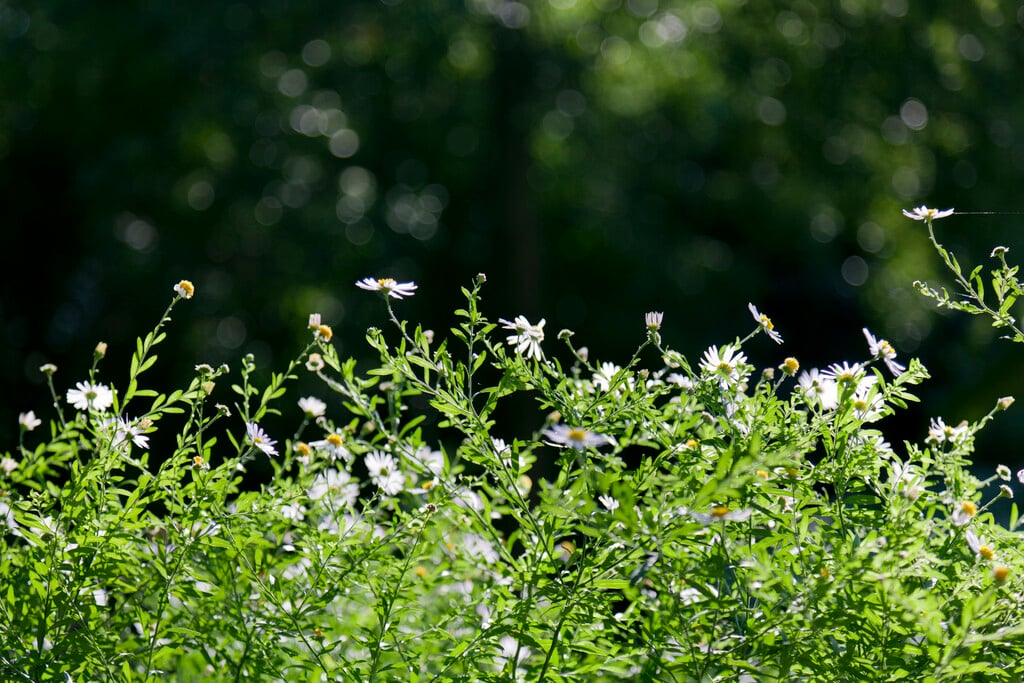Kalimeris pinnatifida
An upright, clump-forming perennial about 90cm tall but occasionally to 1.5m, with deeply divided, hairy, mid-green leaves, and pale pink to pale violet flowerheads 3cm across, with yellow centres, produced from summer to autumn

Buy this plant
Size
Ultimate height
1–1.5 metresTime to ultimate height
2–5 yearsUltimate spread
0.1–0.5 metresGrowing conditions
Moisture
Well–drained, Moist but well–drainedpH
Acid, Alkaline, NeutralColour & scent
| Stem | Flower | Foliage | Fruit | |
| Spring | Green | |||
|---|---|---|---|---|
| Summer | Pink Purple Yellow | Green | ||
| Autumn | Pink Purple Yellow | Green | ||
| Winter |
Position
- Full sun
- Partial shade
Aspect
East–facing or South–facing or West–facing
Exposure
Exposed or Sheltered Hardiness
H7Botanical details
- Family
- Asteraceae
- Native to GB / Ireland
- No
- Foliage
- Deciduous
- Habit
- Clump forming
- Genus
Kalimeris are deciduous perennials with smooth, narrow, rounded, toothed or lobed leaves. The daisy-like flowers have white, pink or purple ray florets and yellow centres, and are carried singly or in flat-topped clusters
- Name status
Correct
How to grow
Cultivation
Grow in full sun or light shade in any moist but well-drained soil. Stake tall plants in early spring, see staking perennials. See aster cultivation for further advice
Propagation
Propagate seed or by divison
Suggested planting locations and garden types
- City and courtyard gardens
- Cottage and informal garden
- Prairie planting
- Wildflower meadow
- Cut flowers
- Flower borders and beds
Pruning
Cut down flowered stems to ground level once flowering has finished or leave the seedheads and stems in place for wildlife and winter interest
Pests
May be susceptible to slugs and snails damage on young growth
Diseases
May be susceptible to Powdery mildews on dry soils, Fusarium wilt and grey moulds
Get involved
The Royal Horticultural Society is the UK’s leading gardening charity. We aim to enrich everyone’s life through plants, and make the UK a greener and more beautiful place.